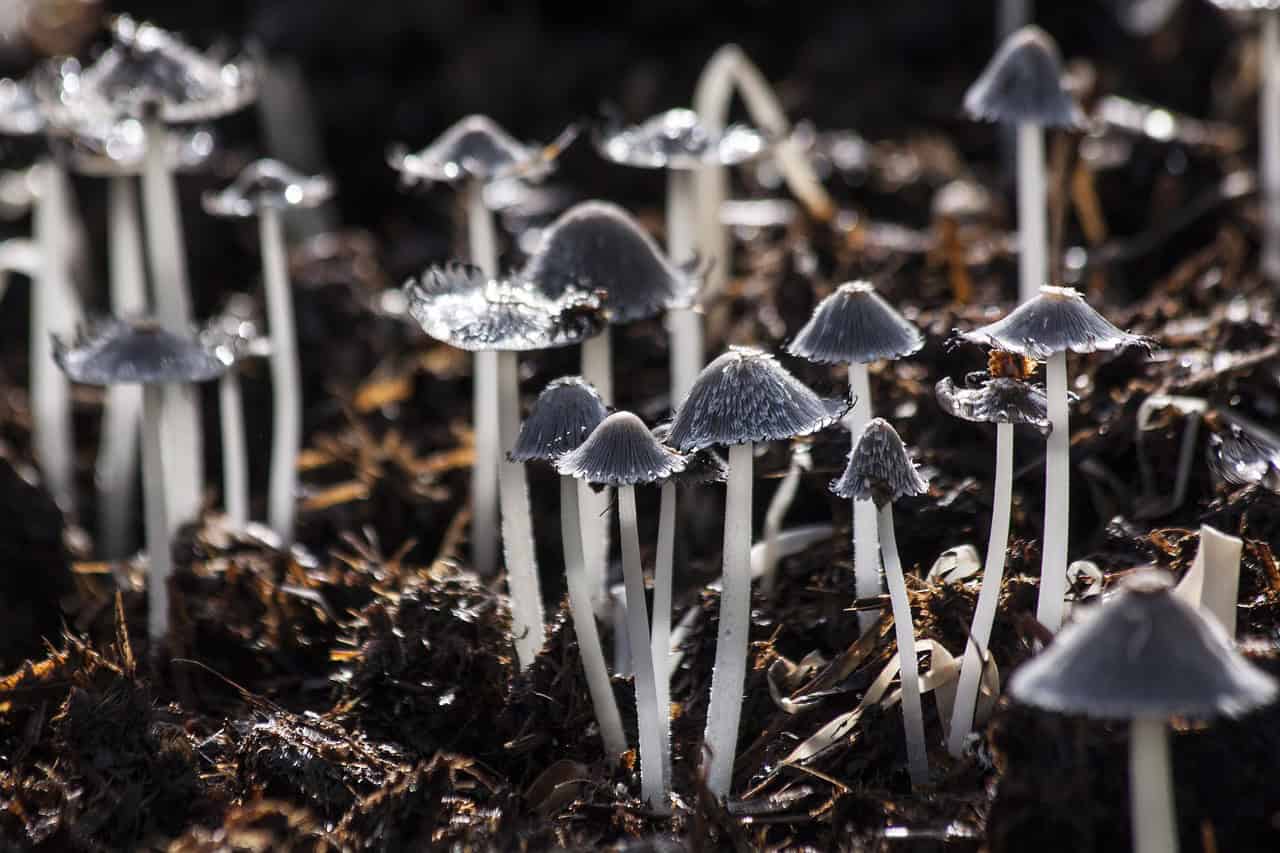
The Nordmann fir is the number 1 most popular Christmas tree among Austrians and Germans. This type of fir scores points for its dense needles and lush greenery. In recent years, however, they have had increasing problems with fungal infestations. This has led to Christmas tree growers suffering losses of up to 20 percent.
Since 2010, researchers at the University of Natural Resources and Life Sciences, Vienna have been using the fungus Trichoderma harzianum to combat Abies nordmanniana. This belongs to the tubular fungus family and, as part of a research project, is intended not only to keep the harmful fungi in check as a kind of “biological bodyguard,” but also to increase the proportion of premium trees. “In other words, we use friendly fungi that prevent harmful fungi from penetrating the roots,” explains Raphael Klumpp from BOKU Institute of Silviculture. After all, the fungi of the Trichoderma group are already renowned in agriculture as “positive supporters” of crops.
Bodyguards for Nordmann firs
The scientists had already been researching the beneficial influence of Trichoderma on Nordmann fir trees for 10 years. From 2010 to 2013, a research project commissioned by the ARGE NÖ Christmas tree producers, in cooperation with the Vienna University of Technology/KPlus, looked into “whether pests can not only be controlled with the help of ‘friendly’ fungi but also whether Trichoderma harzianum is able to increase the vitality of the trees.” One pest, for example, is the honey fungus (Armillaria mellea), known as a tasty edible mushroom. So is the common root rot (Heterobasidium annosum) and Kabatina abietis. The fungi penetrate the tree through its roots. As a result, the tree first loses its needles and then dies.
“For the experiment, two biological agents containing Trichoderma harzianum were used in two test sites. At BOKU’s Knödelhütte forestry experimental garden in Vienna’s 14th district and at a production field at Jauerling: a standard preparation (preparation 1) and a newly developed strain of the fungus (preparation 2),” the researchers write.
Repeated measurements after ten years
No significant differences were observed in the first three years compared to the control group. Not in the laboratory, nor in the silvicultural analysis, which examines the shoot lengths and the number of buds, the scientists explain. That is why, after ten years of experimentation, there are now repeated measurements being carried out, These are to check which preparation supports the formation of premium Christmas trees, they say.
“A preliminary evaluation shows minor differences in some cases for both preparations in several measurable qualitative criteria,” Klumpp sums up. Nevertheless, the conventional preparation shows a visibly higher ratio of total height to total width (crown width). This is on average 73%, while it is 63% for the control group and 69% for preparation 2.
For example, with a height of 2.83 meters and a crown diameter of 2.12 meters, the “crown width to height” ratio was 75%. Also, the spacing of the last 3 annual shoots was more uniform in preparation 1 compared to preparation 2 and the control group . “Finally, the proportion of trees with 7 or 8 visible branch levels was significantly higher in the preparation 1 group (44%) than in preparation 2 (32%).”
That Trichoderma harzianum tends to enhance the Nordmann fir’s vitality is confirmed in the latest interim evaluation of the experiment, Klumpp states “Nevertheless, the conventional preparation performs better than the new development and has the highest proportion of ‘premium trees.””








